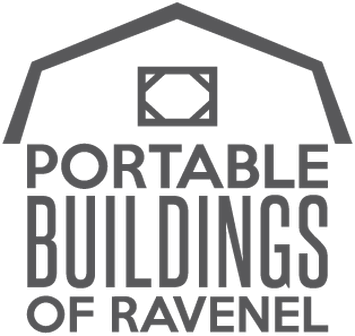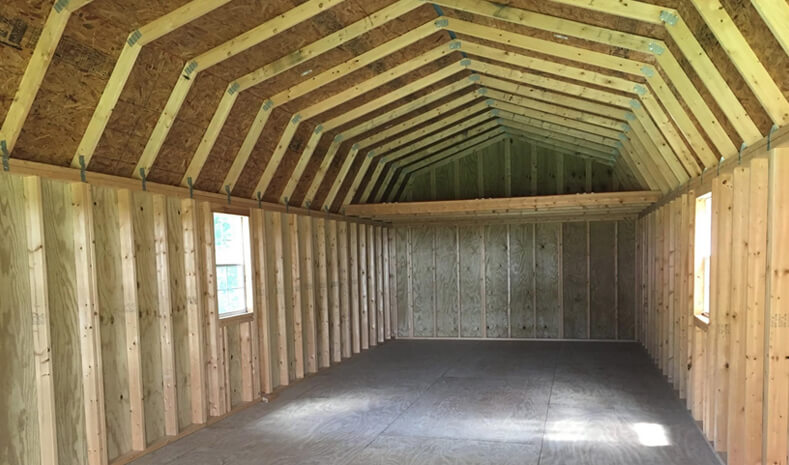Building a horse barn isn’t just about putting up a structure. It’s about creating a space that fits your daily rhythm, works for your horses, and holds up to the test of time. If you’re thinking about building one on your property, there’s a lot to think about, and it’s a lot more than where to put it and how many stalls you’ll need.
Whether you’re a seasoned horse owner expanding your setup or someone stepping into horse ownership for the first time, it pays to plan carefully. In this blog, we’ll explore what to consider before you break ground.
1. Barn Location Is Everything
Where you build your barn affects everything, from how you work with your horses to how long the building lasts. You want a spot that drains well (nobody wants to slog through mud every morning), has access to electricity and water, and offers some natural wind protection if possible.
Ideally, your barn should be within walking distance of your house. That might not always be possible, but you’ll thank yourself during winter nights or stormy weather when you need to check on your horses quickly. Also, consider the sun’s path. A barn with good morning sun can help dry stalls faster and improve ventilation.
2. Think About How You’ll Use It—Now and Later
It’s easy to underestimate how much space you’ll need. If you’re building a barn for two horses today, you might not plan to add more later, but plans change. You adopt another horse, a friend boards one temporarily, or you start training part-time. A little extra room gives you flexibility.
Think about your day-to-day tasks, too. Do you want a feed room? A wash bay? Storage space for tack and hay? If you’ll be riding year-round, adding a small covered grooming area or tack-up zone can make a big difference in comfort. You’ll never regret building in more functionality than you need right now.
3. The Stall Setup Needs to Match Your Horses and Your Routine
One-size-fits-all doesn’t apply to horses. A draft horse needs a bigger stall than a pony. A young, energetic gelding might do better with more turnout access than a stall-bound setup. And if you’re mucking stalls daily or checking in on foals, wider aisles and better lighting become more than just “nice to haves.”
Also think about the layout: Do you want stables on both sides of a center aisle? Open-air shed-row style? Sliding doors or swing doors? Every detail affects how safely and efficiently you’ll be able to work. If you’ve spent time in other barns, take note of what you liked (and didn’t). Use that to inform your build.
4. Ventilation Matters More Than You Might Realize
Horses are large animals that produce a lot of heat, moisture, and ammonia. A stuffy barn can lead to respiratory issues, mold growth, and general discomfort. Good airflow is key. Designing a barn with ridge vents, high ceilings, opening windows, and gaps between the roof and the wall can all naturally improve ventilation. In the South, cross-ventilation is especially important during the muggy summer months.
Fans can help, too, but they’re no substitute for passive airflow built into the barn design from the beginning.
5. Choose Materials That Will Stand the Test of Time
High humidity, occasional storms, and temperature swings can be tough on buildings in our region. That’s why material choice matters. Metal barns, for example, have become increasingly popular among horse owners because they’re durable, low-maintenance, and resistant to rot, pests, and fire. At Portable Buildings of Ravenel, we see more and more customers leaning toward steel-framed horse barns that don’t warp, crack, or attract termites.
Still, you’ll want to ensure the interior surfaces are safe for horses—no sharp edges or slippery flooring. Concrete is excellent for aisles, but consider rubber mats or stall grids to make life more comfortable (and safer) for your horses.
6. Local Codes and Zoning Could Make or Break Your Plans
Before you finalize your barn design, check your county or city zoning rules. Some areas have setback requirements or limit how close you can build to property lines, wells, or other structures. You might need a building permit, and in some cases, inspections during construction.
It’s better to find out what’s required early than to be hit with fines or forced changes down the road. Your builder can often help with this step, but doing your own research is smart too.
Build with the Long Haul in Mind
A horse barn is a significant investment—not just in money, but in your daily life and the care of your animals. It becomes a space where routines are easier, horses are healthier, and your property works better for your lifestyle if done right. At Portable Buildings of Ravenel, we’ve helped hundreds of property owners across the Lowcountry design and build barns that are as practical as they are durable.
Discover Your Perfect Horse Barn in Charleston, SC, with Portable Buildings of Ravenel
Whether starting small or building your dream metal horse barn, we’re here to help you think through the details and get it done right the first time. Reach out, and let’s talk about your horse barn vision and bring it to life.

